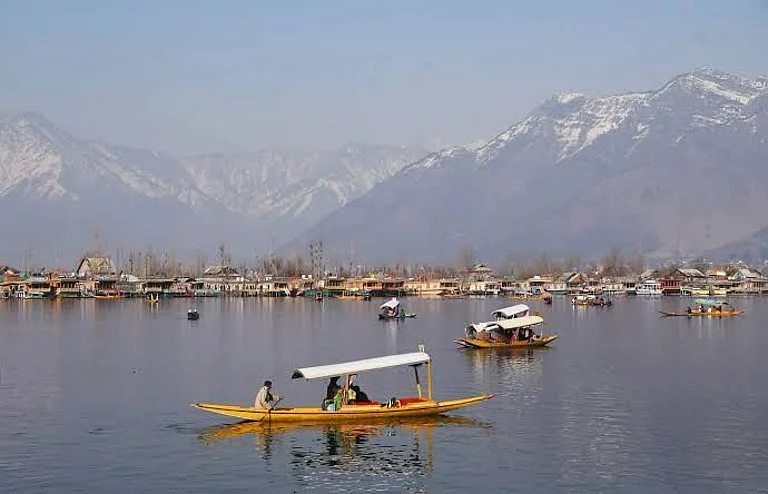Though India's decision to suspend the Indus Waters Treaty (IWT) with Pakistan predicted to show real impact after a few years, fear has already gripped Pakistan. When the sun is at its peak, Reuters reported that the Indus River is already running low, causing worry for Pakistani farmers.
Fear Grips Pakistan as India Suspends Indus Waters Treaty: What Will be the Impact?
This was India's first suspension of IWT since it was signed on September 19, 1960, after nine years of negotiations
As per the report, around 15 farmers along with other experts have echoed similar concerns, especially as rain has been scanty in recent years. Experts on both sides asserted that even though India cannot stop water flows immediately, as the treaty limited the country to have such infrastructure, but things can change within a few months. Citing two government sources, the report said that India could start diverting the water for its own farms using canals within a few months while planning hydroelectric dams that could take four to seven years to finish.
Water resources minister, Chandrakant Raghunath Paatil, said that India will ensure that not a single drop of the Indus River's water reaches Pakistan.
India suspended the Indus Waters Treaty (IWT) with Pakistan on April 23, following the terrorist attack in Jammu and Kashmir's Pahalgam that claimed the lives of 26 men, mostly tourists. India says that two of the four terrorists are from Pakistan. This is one of the strongest responses India has made so far to cross-border terrorism.
This was India's first suspension of IWT since it was signed on September 19, 1960, after nine years of negotiations. The treaty has survived four wars, back-to-back cross-border terrorism against India by Pakistan and a long history of antagonism between the two countries.
What is the Indus Waters Treaty?
The IWT, with 12 Articles and 8 Annexures, lays out how the two countries share the waters of six rivers in the Indus basin. The treaty has allocated all the water of the eastern rivers Sutlej, Beas and Ravi to India for unrestricted use. Pakistan was largely assigned to receive the waters of the western rivers Indus, Jhelum and Chenab.
Under the treaty, India received rights over 20% of the system’s water, which is roughly around 33mn acre-feet (MAF) annually and Pakistan received 80%, about 135 MAF. However, India has been allowed to generate hydroelectricity through run-of-the-river projects on the western rivers, subject to specific criteria for design and operation. In turn, Pakistan also has the right to object.
Last year, India sent a formal notice to Pakistan, seeking the "review and modification" of the treaty.
What Does the Indus Waters Treaty Suspension Mean?
The Indus River system is a vital water source for Pakistan. Around 93% of the water drawn from it is used for farming, and cities like Lahore, Multan, and Karachi rely on it for drinking water. About 10 million people are directly dependent on the river network.
Pradeep Kumar Saxena, who served as India's Indus Water Commissioner for over six years and has been associated with work related to the IWT, told news agency PTI that with the absence of the treaty, India is under no obligation to follow certain restrictions. For instance, it can now decide when to flush or refill reservoirs like Kishanganga—something that was previously governed by strict seasonal guidelines.
Under the treaty, reservoir filling after the flushing has to be done in August which is the peak monsoon period. But with the pact in abeyance, it could be done anytime. Doing it when sowing season begins in Pakistan could be detrimental, especially when a large part of Punjab in Pakistan depends on the Indus and its tributaries for irrigation.
Saxena also said that India can stop sharing flood data on the rivers. This could also prove detrimental to Pakistan, especially during the monsoon when rivers swell. India can also stop tours of Pakistan to India side.
Moreover, the country’s water storage capacity is already limited. Major dams like Mangla and Tarbela have a combined live storage of only 14.4 MAF which is just 10% of Pakistan’s annual water share under the treaty. Any disruption in supply or data could put additional pressure on the country’s fragile water infrastructure.
[With inputs from PTI]
